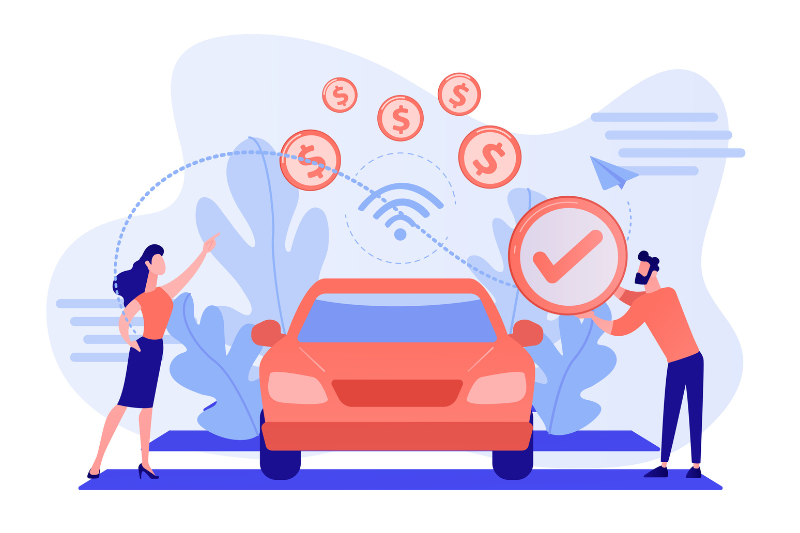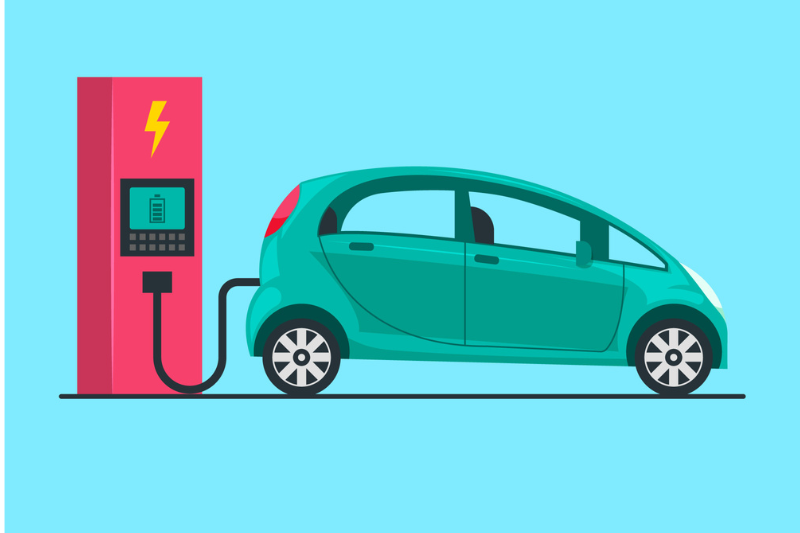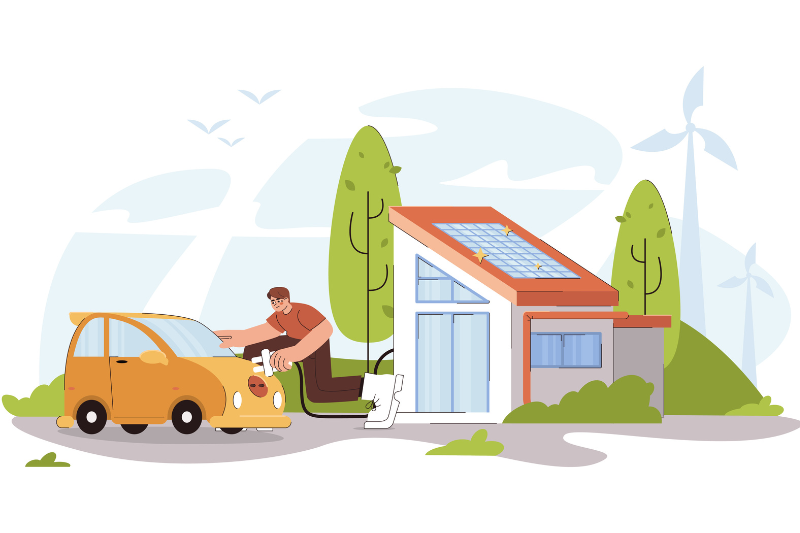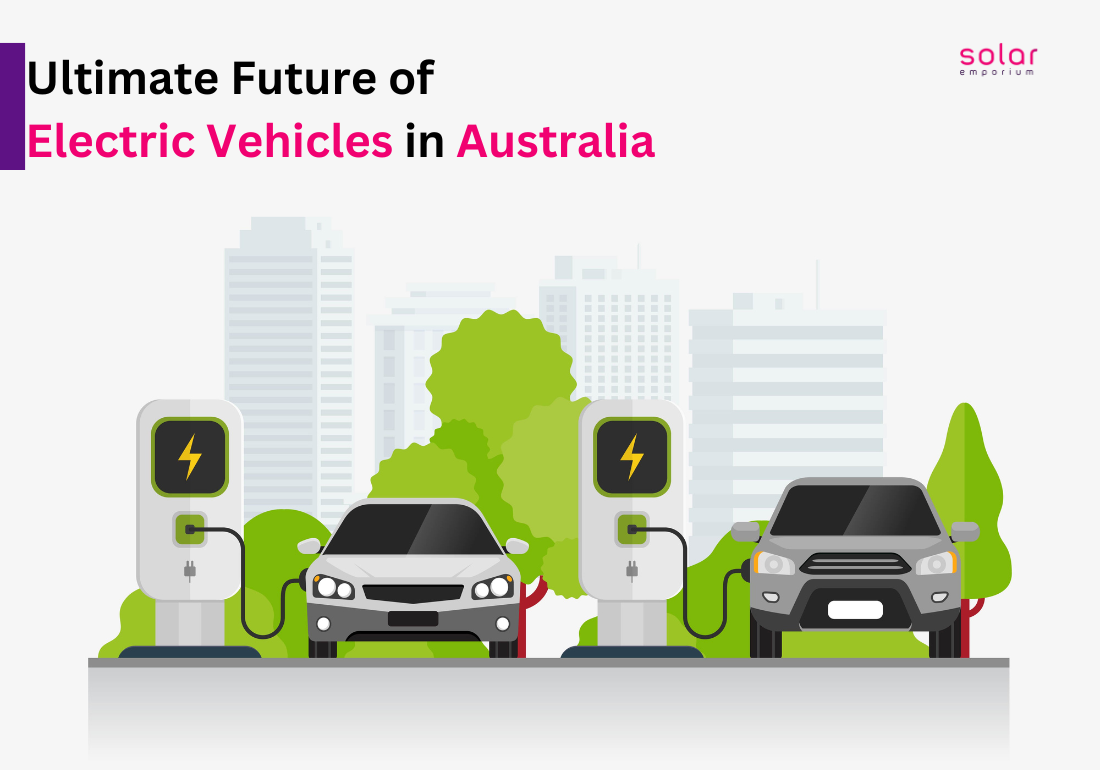Electric vehicles are unquestionably becoming more affordable as technology advances. Many types of electric cars are now affordable to the average Australian household.
So, what is the ultimate future of electric vehicles in Australia? And What does the future of electric vehicles in Australia look like? And how much does it cost to charge an electric car?
If you are eager to switch to an electric vehicle, this is your guide to every EV coming to Australia this year and beyond. We anticipate continued growth in this market as more Australians realise the benefits of driving an electric vehicle. More charging stations will also be visible nationwide as more people opt for electric vehicles.
Electric vehicles are taking off in Australia, with a diverse range of models and styles on the market. These cars have a bright future. And the new technology and innovation are making them more accessible and affordable.
Electric vehicles are gaining popularity, with emissions targets looming and widespread concern about climate change. It is a more environmentally friendly and fuel-efficient alternative to gasoline or diesel vehicles.
It is time that electric vehicles overtake traditional petrol and diesel engines as the preferred choice for Australian motorists. As battery technology improves and public charging infrastructure expands, more electric vehicles will soon hit Australian roads.
How Do Electric Vehicles Work? Battery And Charger Functionality
Electric vehicles are the new future. They are sustainable and come with a lot of benefits. But what are Electric Vehicles? Electric Vehicles are also known as EVs. These are either partially or entirely run by electrical power.
Currently, most electric vehicles are electric cars. Four types of electric vehicles are available in the market right now.
- Battery Electric Vehicles (BEV)- BEVs are known as All-Electric Vehicles. A battery-powered electric drivetrain runs it entirely.
- Hybrid Electric Vehicles (HEV)- HEVs are called series hybrids or parallel hybrids. These cars get their engine’s energy from fuel and their motor’s energy from batteries.
- Plug-In Hybrid Electric Vehicles (PHEV)- PHEVs are also known as series hybrids. But these cars are more complicated than other EVs. You can choose between petrol and bio-diesel for the vehicle to run. It is also capable of powering itself with rechargeable battery packs.
- Fuel Cell Electric Vehicles (FCEV)- FCEVs are zero-emission vehicles. They require “fuel cell technology” to run.

Apart from these cars, some companies are trying to use solar energy in their vehicles. They have built-in solar panels to run and charge the car with sunlight. These cars are very futuristic and considered supercars.
Most Electrical Vehicles and their accessories work like any other electronic device. There is a standard charger and a battery that comes with the car. You plug the charger into your car’s charging port and charge the battery. A basic EV charger takes electricity from a 240v outlet or a grid. However, how long does an electric car take to charge? We’ll talk more about it in our newer blogs soon.
You can charge your car at home. You can set up your vehicle at your workplace. Many employers in Australia are taking the initiative to install chargers for electric vehicles. And if you have a solar system at home, you can charge your vehicle at a very low cost.
Benefits of EV
- Cheaper– Electrical Vehicles are 40% cheaper to charge. Considering the conventional way of using petrol, it is a huge upgrade. And the cost can go down even more if you have solar systems at home and workplace.
- Low maintenance– Except for PHEV, most EVs are very low maintenance. They have fewer moving parts for servicing than a petrol or diesel-run vehicle. Furthermore, all EV batteries come with at least 8 years of warranty.
- Easier to register– EVs are easier to register. Especially in Australia. More specifically, in Queensland. The Government of Queensland provides discounts on stamp duty for EV purchases and issues discounts for regular registration.
- Better for the environment– It’s no surprise that EVs, EV chargers, and EV batteries are better for the environment. EV products reduce harmful air pollution created by carbon emissions. And using solar panels would work better for a better environment.
- Better health and well–being- Since EVs decrease air pollution and carbon emissions, Australia’s air quality would improve automatically, improving our health.
- Better network– When a mass population starts using EV products, it’ll force the authority to provide efficient electrical service to ensure the quality of life.
- Better Energy security– Using Electrical products and renewable solutions will increase the chance of better energy security. Australia won’t have to rely on other countries for energy solutions.
But, Are Electrical Cars Practical?
Evidently, electric vehicles are more practical in our day and age. It has more benefits and better technology than conventional fuel or diesel cars. Moreover, it also holds the interest of our society and betterment.
Although, electric cars indeed cost more than conventional cars. But if you consider this an investment, you and our environment will benefit in the long run.
Electric Vehicles In Australia

Electric Vehicles at a Glance in Australia-
- Australia is getting closer to implementing emissions regulations that will further incentivize the use of electric vehicles.
- Around Australia, a national charging network is being constructed.
- Family-sized electric vehicles are gradually becoming more affordable.
EV adoption in Australia is currently lower than in other developed countries. Still, more EVs are expected to increase as cheaper models become available. And more charging infrastructure is built.
EVs are expected to match petrol vehicles in terms of upfront cost and range. EV sales are expected to skyrocket once these cars reach price equality with internal combustion engine vehicles.
Several key factors are driving the rapid acceleration toward an electric car future. The most significant is the decision taken by 14 countries to set a date for the phase-out of production of internal-combustion-engine vehicles that use fossil fuels.
Tax breaks and other incentives are also helping to boost EV sales in Australia. But lack of similar schemes is the main reason EV sales account for only 1.6% to 2% from 2021.
While the Federal Government’s efforts have been limited, the states and territories have filled the void with incentives. The NSW Government is arguably leading the charge with an Electric Vehicle Strategy that offers $500 million in investment to encourage EV adoption.
The NSW Government aims to have electric vehicles account for 52% of all new car sales by 2030-31; Victoria has developed a similar plan of 50% by 2030. In Queensland, the goal is for every new car to be electric by 2036.
Future Of Electric Vehicles In Australia
Although car manufacturers are unlikely to rush out new EV models in Australia due to market stagnation, the future of electric vehicles in Australia is still promising. By the end of 2023, almost 60 EV models will be available in the country.
Although it is difficult to predict when electric cars will completely take over, in the future, electric vehicles will undoubtedly rule the roads globally.
For now, most electric options in the new-car market are significantly more expensive than traditional combustion-engined cars.
But of course, electric cars can save you on bills in the long run. It will provide cheaper and potentially free charging and lower maintenance and parts costs.
The race for electric vehicles has officially begun in Australia. It started slowly, with few incentives pushing supply to more EV-friendly regions in recent years.
And that’s not all. Australia’s Best Electric Cars for 2023 will tell you which available EVs should be at the top of your list.
How Is Australia Assisting With Electric Vehicle Projects?
The country aims to accelerate pre-commercial innovation to benefit Australian consumers, businesses, and workers as the world transitions to net-zero emissions.
By connecting investment, knowledge, and people to deliver energy innovation, Australia is helping to lay the groundwork for its renewable energy sector. But electric cars future in Australia depends on the people and the government.
EV charging can provide grid benefits. If they are charged with abundant cheap solar and wind energy, they can increase the use of renewable energy while requiring less electricity storage.
Properly managing EV charging requires new technologies, business models, and collaboration between the EV industry. The electricity sector, including retailers, networks, and market bodies, and the Government needs better coordination too.
While the country focuses on integrating EVs into the electricity grid to benefit all electricity users, the Australian Government allocated funding in the 20/21 Federal Budget to address barriers to adopting new vehicle technologies.
“The Driving the Nation Program,” began in February 2021. It assists businesses and communities take advantage of electric batteries, hydrogen fuel cells, and biofuel.
Using Your Electric Vehicle To Heat Your Home

Some people are always worried about the cost to charge electric car. But did you know that you can literally heat your home with your electric cars?
Some electric vehicles are already contributing to their owners’ hot showers and other energy needs. Car manufacturers have made significant progress in their research into connecting electric car batteries to home power grids.
In a promising future, your electric cars can help power our homes as primary electrical batteries.
Electric cars can charge up during peak hours, power your homes during peak times, or even feed back into a shared local grid.
This ability to direct electricity from an electric vehicle’s battery into a home is known as bidirectional charging, and it is being developed in Australia under the “vehicle to grid (V2G)” technology.
It will be some time before we use our cars to charge our homes, but some electric car owners already use bidirectional charging.
Is Australia Catching Up?
Is Australia Ready?
Electric Cars have already started to make their way toward Australia. From expensive to mid-range EVs are now available in Australia. Check out our upcoming blogs to know more about the cost to charge electric cars.
This year, many companies launched their new electrical cars here. However, infrastructure-wise, Australia is yet to be ready for it. The public charging scenario needs to improve.
Moreover, getting an EV is much easier if you live in the city. The infrastructure is much better here. But you must consider a few factors if you live in an urban area. Primarily because of the close quarters of urban roads that still need to be ready for these vehicles.
Nevertheless, It is the perfect time to prepare and get acquainted with the technology. The Government is also taking initiatives to advertise EVs. Right now, it is a choice between advancements and conventional thinking. And for energy efficiency, choose EVs.







